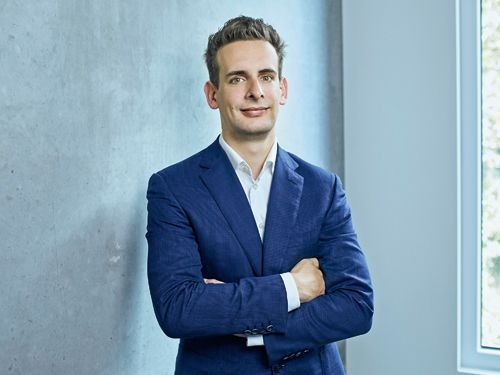The main driving force behind the co-living phenomenon worldwide has been the coming of age of Generation Y – a demographic that has grown up with the internet and related tech and so is accustomed to ease of use, free availability and a high quality of life. In fact, this latest addition to the adult population can’t even remember a time before the world wide web and the mobile app; they value convenience and consider sharing things to be a completely natural phenomenon. “For young people it’s feels quite natural to move from a student hall to a co-living project after graduation, as they will be able to form similar relationships there but with a much higher quality of services,” explains architect and the co-founder of the Think Co. Real Estate Research Lab, Przemysław Chimczak. “Renting an apartment on your own can be a real ordeal – you have to make countless phone calls, visits to properties and sometimes you have to furnish or renovate































































